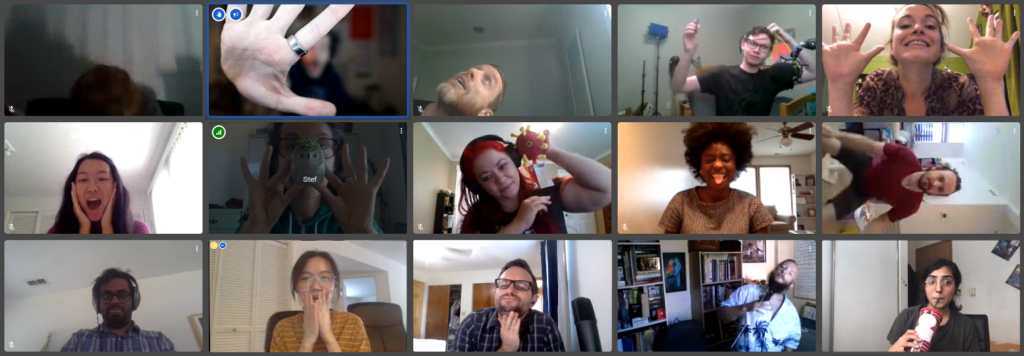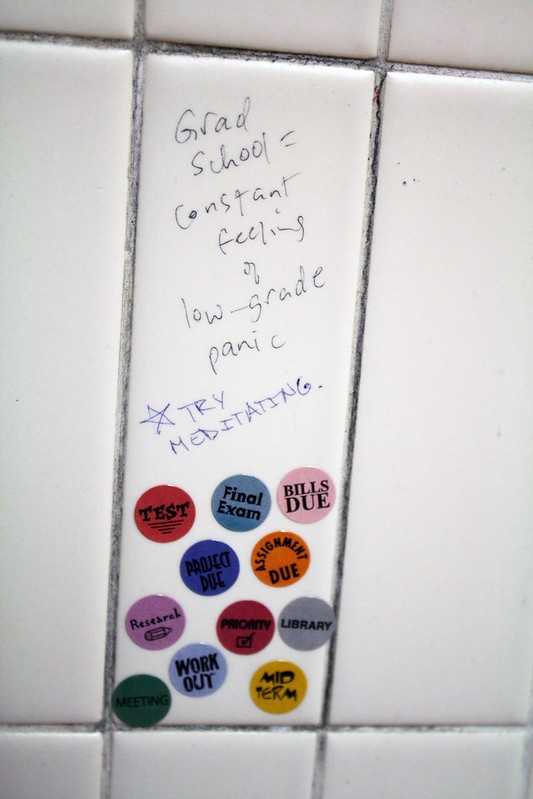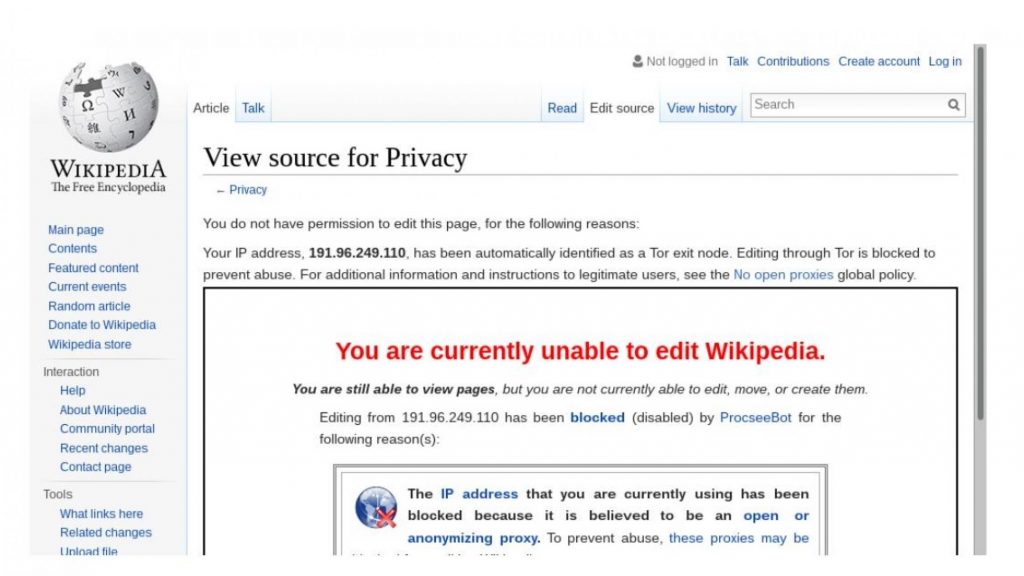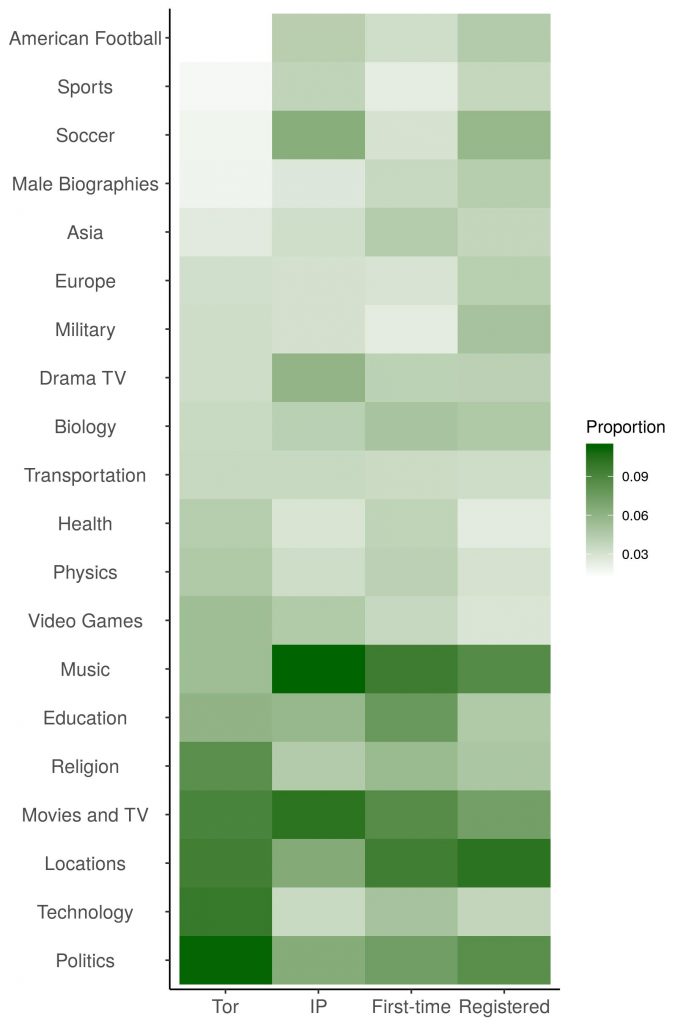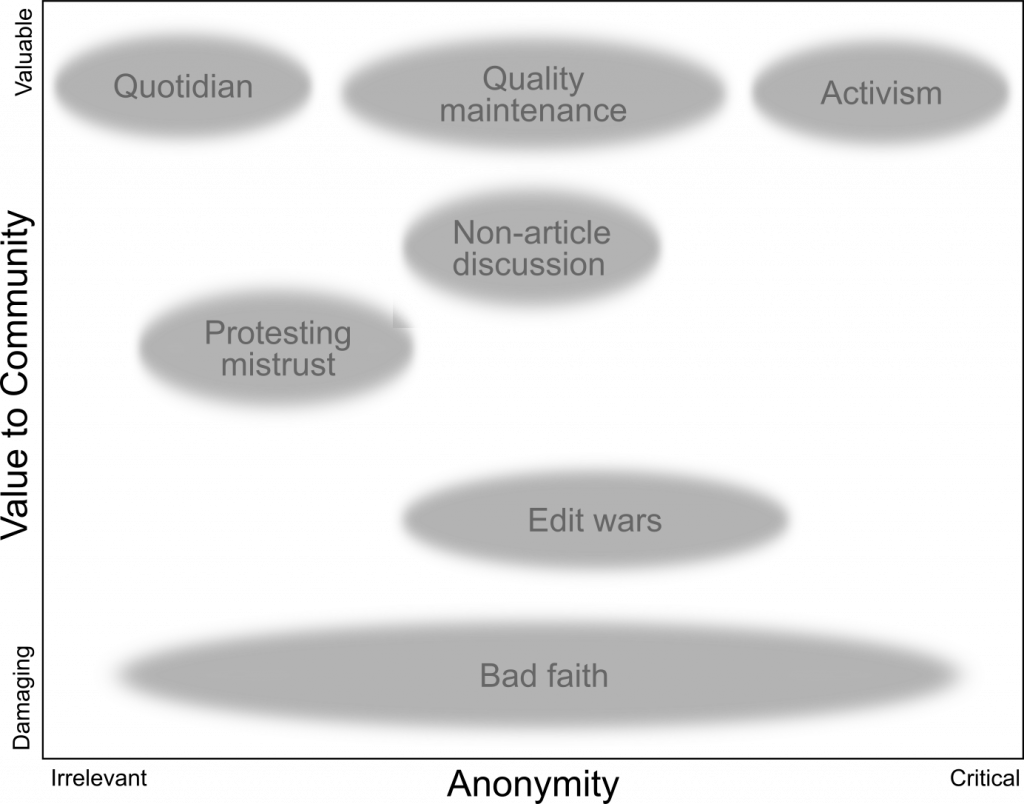
We try to keep this blog updated with new research and presentations from members of the group, but we often fall behind. With that in mind, this post is more of a listicle: 22 things you might not have seen from the CDSC in the past year! We’ve included links to (hopefully un-paywalled copies) of just about everything.
Papers and book chapters
- Cheng, Ruijia (Regina), and Mark Zachry. 2020. Building community knowledge in online competitions: Motivation, practices and challenges. Proceedings of ACM Human-Computer Interaction 4, CSCW2, Article 179 (October 2020).
- Cheng, Ruijia (Regina), Ziwen Zeng, Maysnow Liu, and Steven Dow. 2020. Critique me: Exploring how creators publicly request feedback in an online critique community. Proceedings of ACM Human-Computer Interaction 4, CSCW2, Article 161 (October 2020).
- Champion, Kaylea. (2021) Underproduction: An approach for measuring risk in open source software. 28th IEEE International Conference on Software Analysis, Evolution and Reengineering (SANER).
- Champion, Kaylea. (2020) Characterizing online vandalism: A rational choice perspective. 11th International Conference on Social Media & Society. SM-Society, held virtually, July 2020.
- Dasgupta, Sayamindu, Benjamin Mako Hill, and Andrés Monroy-Hernández. 2020 (Forthcoming). Engaging Learners in Constructing Constructionist Environments. In Designing Constructionist Futures: The Art, Theory, and Practice of Learning Designs, edited by Nathan Holbert, Matthew Berland, and Yasmin Kafai. Cambridge, Massachusetts: MIT Press.
- Druga, Stefania, Jason, Yip, Michael, Preston, and Devin, Dillon. (2020). The 4As: Ask, Adapt, Author, Analyze AI Literacy Framework for Families Journal of Design and Science, 2020
- Fiers, Floor. (2020). Hiding Traces of Status Seeking: Contradictory Tagging Strategies on Instagram. Social Media + Society.
- Hargittai, Eszter, and Aaron Shaw. Comparing internet experiences and prosociality in Amazon Mechanical Turk and population-based survey samples. Socius 6 (2020): 2378023119889834.
- Hill, Benjamin Mako, and Aaron Shaw. The hidden costs of requiring accounts: Quasi-experimental evidence from peer production. Communication Research (2020): 0093650220910345.
- Hill, Benjamin Mako, and Aaron Shaw. 2020. The most important laboratory for social scientific and computing research in history. In Wikipedia @ 20: Stories of an Incomplete Revolution, edited by Joseph M. Jr. Reagle and Jackie L. Koerner. Cambridge, Massachusetts: MIT Press.
- Hill, Benjamin Mako, and Aaron Shaw. 2020. Studying Populations of Online Communities. In The Oxford Handbook of Networked Communication, edited by Brooke Foucault Welles and Sandra González-Bailón, 174–93. Oxford, UK: Oxford University Press.
- Kiene, Charles and Benjamin Mako Hill. 2020. Who uses bots? A statistical analysis of bot usage in moderation teams. In Extended Abstracts of the 2020 CHI Conference on Human Factors in Computing Systems (CHI EA ’20). Association for Computing Machinery, New York, NY, USA, 1–8.
- Ko, Amy J., Alannah Oleson, Neil Ryan, Yim Register, Benjamin Xie, Mina Tari, Matthew Davidson, Stefania Druga, and Dastyni Loksa. 2020. It is time for more critical CS education. Communications of the ACM 63, 11 (November 2020), 31–33.
- Shorey, Samantha, Benjamin Mako Hill, and Samuel Woolley. 2020. From hanging out to figuring it out: Socializing online as a pathway to computational thinking. New Media & Society, May, 1461444820923674
- Tran, Chau, Kaylea Champion, Andrea Forte, Benjamin Mako Hill, and Rachel Greenstadt. 2020. Are anonymity-seekers just like everybody else? An analysis of contributions to Wikipedia from Tor.” In 2020 IEEE Symposium on Security and Privacy (SP), 1:974–90. San Francisco, California: IEEE Computer Society.
- TeBlunthuis, Nathan, Benjamin Mako Hill , and Aaron Halfaker. 2021 Effects of algorithmic flagging on fairness: Quasi-experimental evidence from Wikipedia Proc. ACM Hum.-Comput. Interact. 5, CSCW1, Article 56 (April 2021), 27 pages.
Presentations and panels
- Champion, Kaylea. (2020) How to build a zombie detector: Identifying software quality problems. Seattle Gnu/Linux Users Conference, November, 2020.
- Hwang, Sohyeon and Aaron Shaw. (2020) Heterogeneous practices in collective governance. Presented at Collective Intelligence 2020 (CI 2020). Boston & Copenhagen (Virtually held).
- Shaw, Aaron. The importance of thinking big: Convergence, divergence, and independence among wikis and peer production communities. WIkiResearch Showcase. January 20, 2021.
- TeBlunthuis Nathan E., Benjamin Mako Hill. Aaron Halfaker. “Algorithmic flags and Identity-Based Signals in Online Community Moderation” Session on Social media 2, International Conference on Computational Social Science (IC2S2 2020), Cambridge, MA, July 19, 2020.
- TeBlunthuis Nathan E.., Aaron Shaw, *Benjamin Mako Hill. “The Population Ecology of Online Collective Action.” Session on Culture and fairness, International Conference on Computational Social Science (IC2S2 2020), Cambridge, MA, July 19, 2020.
- TeBlunthuis Nathan E., Aaron Shaw, Benjamin Mako Hill. “The Population Ecology of Online Collective Action.” Session on Collective Action, ACM Conference on Collective Intelligence (CI 2020), Boston, MA, June 18, 2020.
